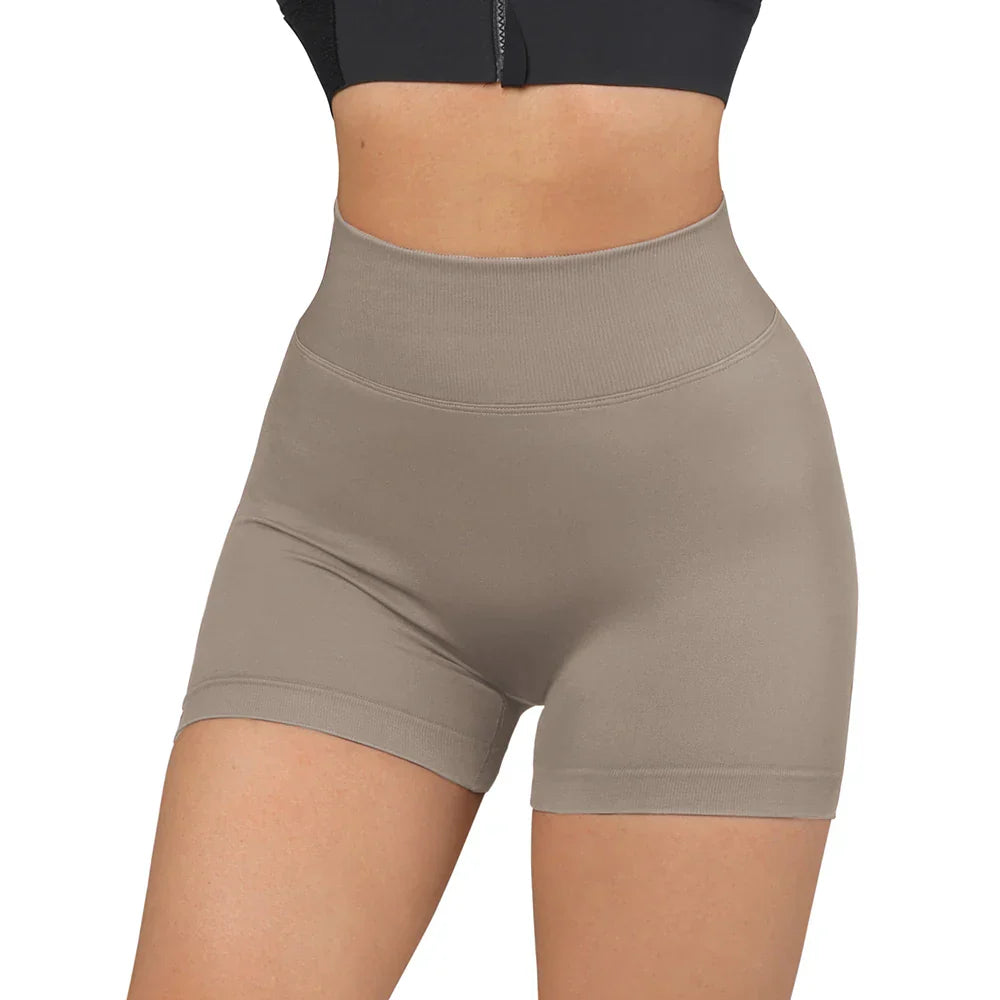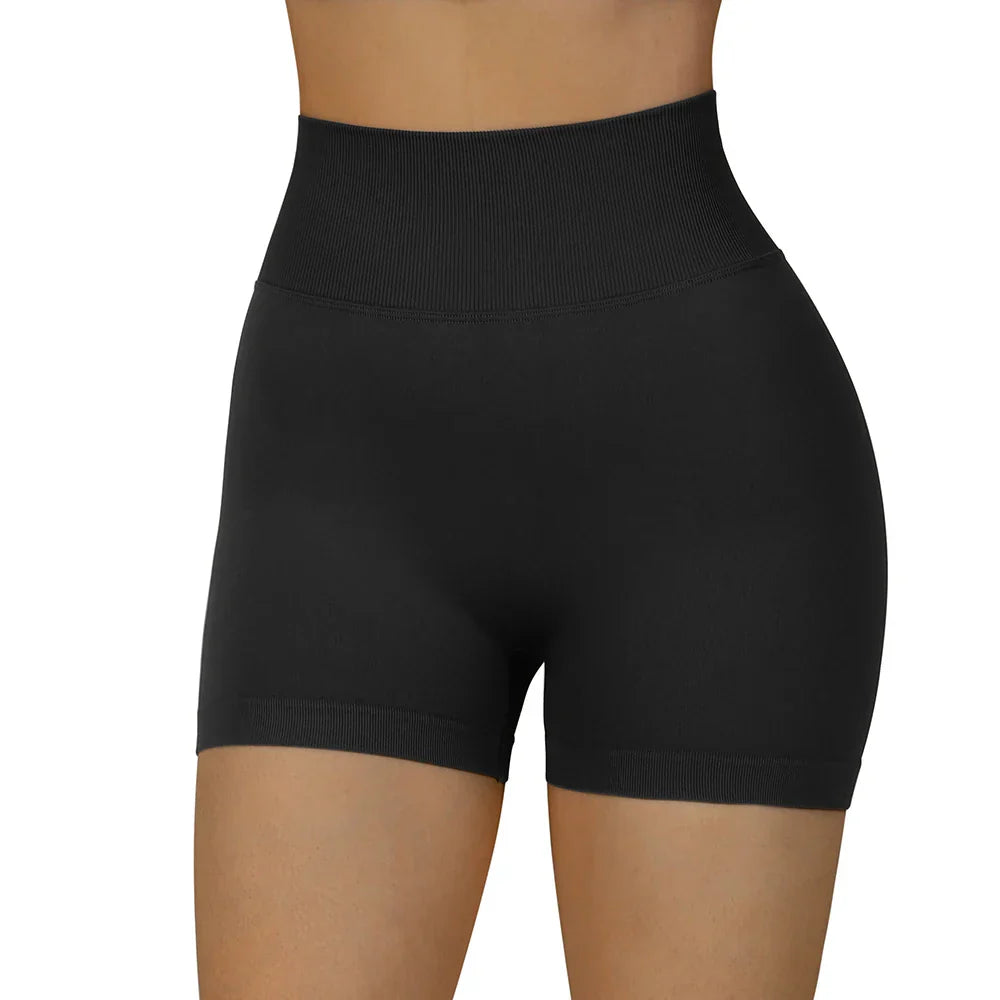Can Ticks Bite Through Leggings? Everything You Need to Know
Tick bites are not only irritating but can also transmit dangerous diseases. If you enjoy spending time outdoors, especially in wooded areas, you might be wondering if ticks can bite through leggings. Let's dive into this topic and discover what you need to know to protect yourself.
Understanding Tick Behavior and Anatomy
Ticks are tiny arachnids that latch onto animals and humans to feed on their blood. They have specialized mouthparts, called chelicerae, which enable them to pierce the skin. However, ticks cannot bite through leggings or any other thick fabric easily.
Their mouthparts are designed to penetrate the exposed skin of their hosts. While ticks might crawl on your clothing looking for an unexposed area to bite, they usually find it difficult to pierce through the fabric unless it's extremely thin or worn out.
Ticks and Leggings
When you wear leggings, especially those made of thick materials like denim or synthetic fibers, ticks face many obstacles. The tightly woven fabric acts as a physical barrier, making it challenging for ticks to bite through.
However, it's important to note that ticks are persistent creatures and can find ways to reach exposed areas of skin. If your leggings have any openings, such as holes or loose seams, ticks may be able to squeeze through and find a way to your skin. That's why it's crucial to inspect your clothing regularly and patch up any potential entry points.
Additionally, if you're wearing leggings that fit tightly, they can limit the tick's mobility, making it harder for them to reach your skin. Opting for leggings with a snug fit can provide an extra layer of protection.
Preventing Tick Bites
While wearing leggings can offer some level of protection, it's essential to take additional measures to prevent tick bites. Here are a few strategies that can help:
- Use tick repellents: Apply EPA-approved tick repellents on your clothing and exposed skin, following the instructions on the label.
- Tuck your leggings into socks: Tucking your leggings into your socks creates an additional barrier, making it more challenging for ticks to crawl up your legs.
- Wear light-colored clothing: Light-colored leggings make it easier to spot ticks crawling on your clothes, allowing you to remove them before they reach your skin.
Checking for Ticks After Outdoor Activities
Even if you've taken precautions, it's crucial to do a thorough tick check after spending time outdoors. Ticks can sometimes find their way onto your clothing or body despite your best efforts. Here are a few steps to follow:
Tick Check on Your Clothing
Start by removing your leggings and thoroughly inspect them for any ticks. Pay close attention to seams, waistbands, and any areas that might have come into contact with vegetation. Shake your leggings vigorously to dislodge any hidden ticks.
Once you've checked your leggings, you can safely put them in the laundry. Be sure to wash them in hot water, as this will help kill any ticks that might still be on your clothes.
Tick Check on Your Body
Perform a thorough tick check on your body, paying close attention to hidden areas such as armpits, the back of the knees, and behind the ears. Use a mirror or ask someone to help you check hard-to-see areas.
If you find a tick attached to your skin, use fine-tipped tweezers to grasp it as close to the skin's surface as possible. Gently pull upward with steady pressure, being careful not to squeeze the tick's body. Clean the bite area and your hands thoroughly with soap and water.
Conclusion
While ticks can crawl on leggings, they rarely bite through them, especially if the fabric is thick. However, it's crucial to inspect your clothing for any potential entry points and take additional precautions to prevent tick bites. Wearing tick repellents, tucking your leggings into socks, and choosing light-colored clothing can all help reduce the risk of tick bites. Remember to perform a thorough tick check after spending time outdoors and promptly remove any attached ticks to protect your health.





